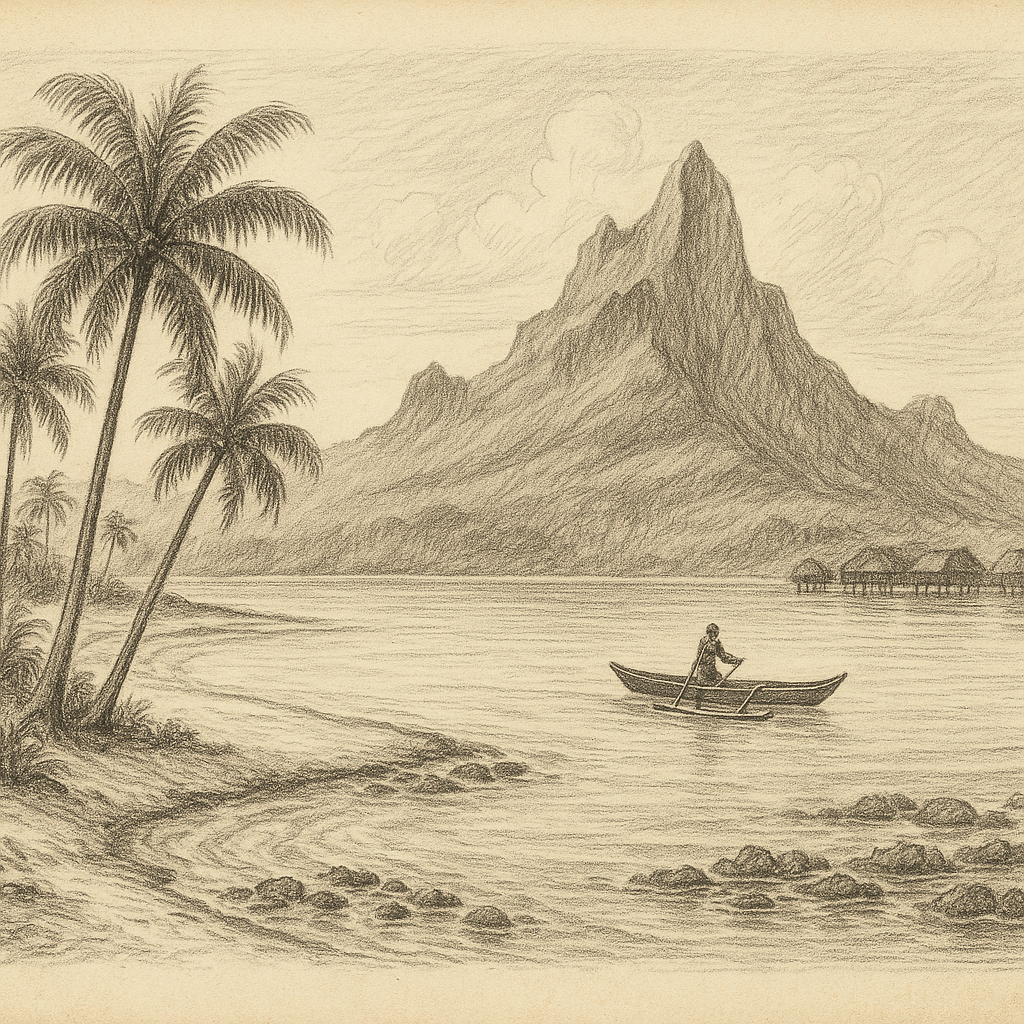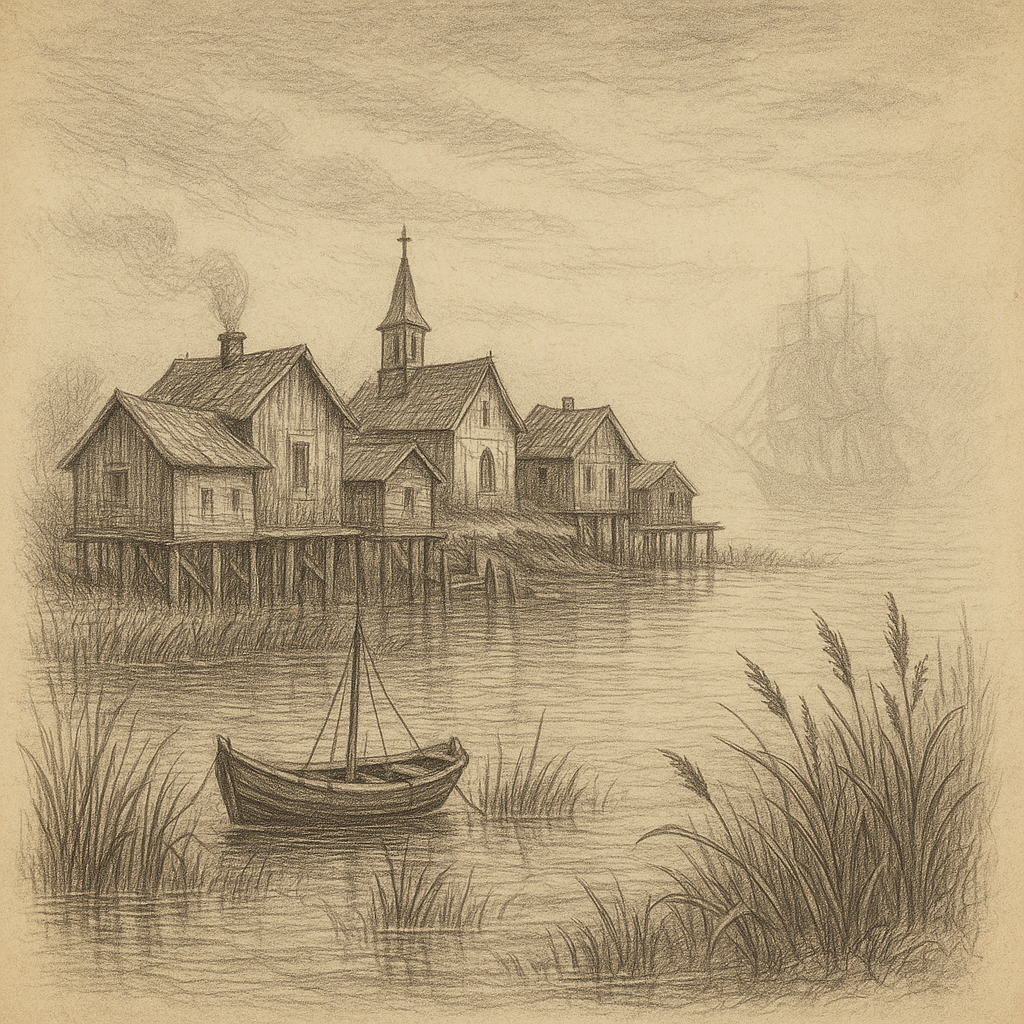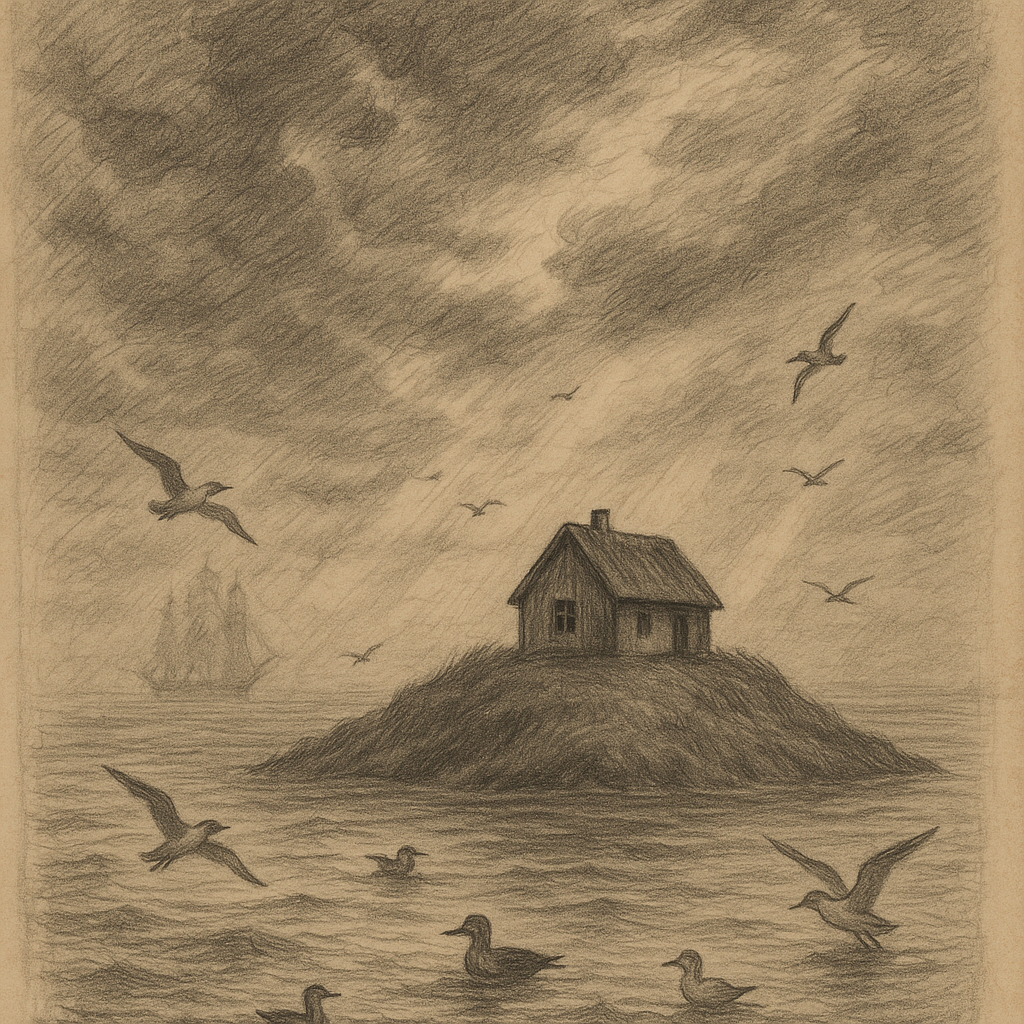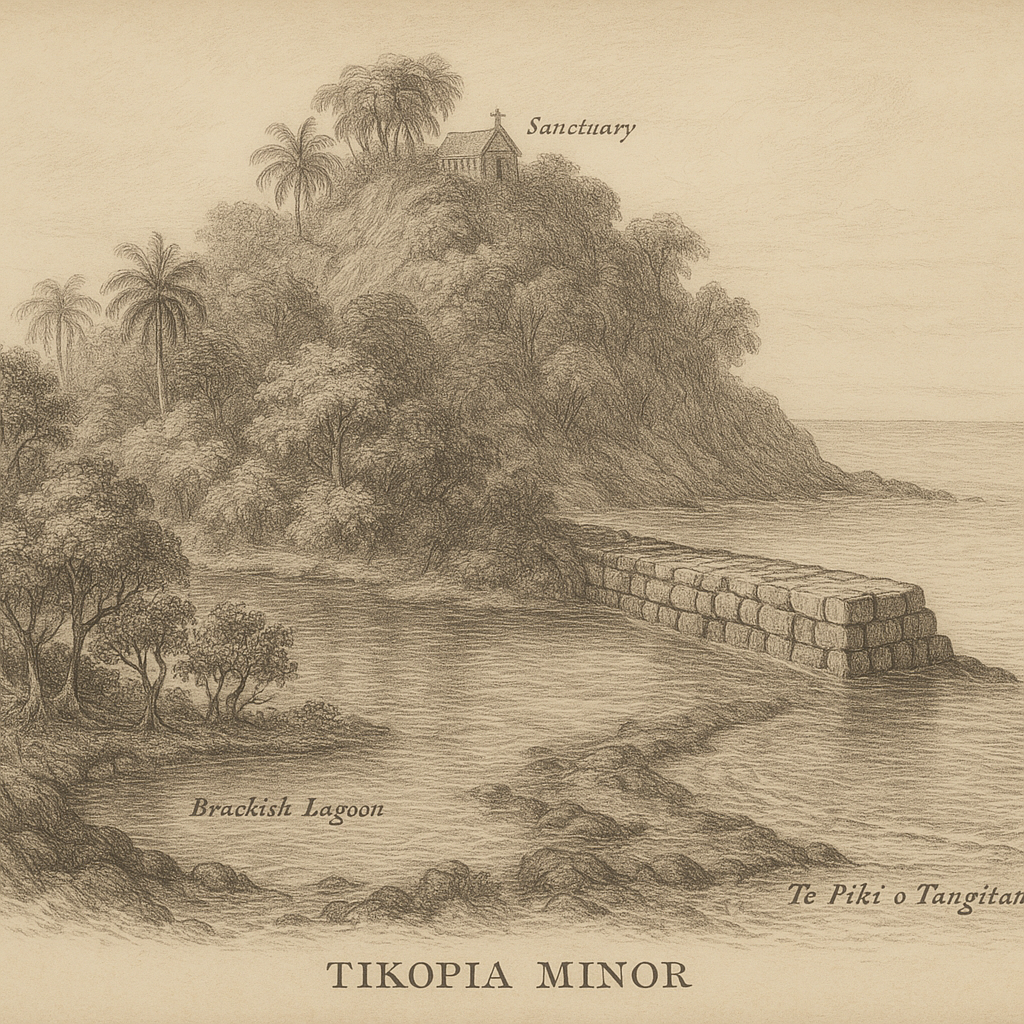Motu Tevairoa: A Remote Paradise in the Heart of the Pacific
Located in the turquoise embrace of the South Pacific Ocean, Motu Tevairoa is one of the many small islets that form the stunning Bora Bora lagoon in French Polynesia. Despite its proximity to the popular main island, it remains a tranquil haven that blends breathtaking natural beauty with a rich cultural backdrop. Here are some key insights into this captivating island.
Geographic Location and Access
Motu Tevairoa lies just a few kilometers northwest of Bora Bora’s main island, spread across the glistening waters of the lagoon. It is the largest of the surrounding motus (small islets) and is easily accessible by boat or private transfer. The island offers panoramic views of Mount Otemanu, Bora Bora’s iconic dormant volcano, rising dramatically in the distance.
Its geographic coordinates place it within the Leeward Islands, part of the Society Islands archipelago in French Polynesia. Although technically not in a remote region like some Pacific islands, its limited development and exclusivity give it an untouched, remote charm.
Natural Landscape and Environment
Motu Tevairoa is characterized by powder-white sandy beaches lined with lush coconut palms. The interior of the island features a mix of tropical vegetation and landscaped gardens, offering both wild and cultivated aesthetics. Its location within the lagoon provides calm and crystal-clear waters, perfect for snorkeling and swimming.
The coral reefs surrounding Motu Tevairoa serve as a vital marine habitat, home to rainbow-colored fish, manta rays, and even reef sharks. The reefs act as natural breakwaters, protecting the motu from powerful ocean currents and contributing to the calm lagoonal ecosystem.
Climate and Biodiversity
The island experiences a tropical climate marked by warm temperatures year-round, with occasional seasonal rains between November and April. The consistent sunshine and abundant rainfall support a diverse range of flora and fauna, including hibiscus flowers, breadfruit trees, and tropical birds.
Due to its size and relative isolation, Motu Tevairoa doesn’t host a large number of endemic land species. However, it plays a supporting role in the biodiversity of the Bora Bora region, particularly as a nesting ground for seabirds and as a sanctuary for native plant life.
Resorts and Tourism
Motu Tevairoa is home to the renowned Pearl Resort Bora Bora, one of the island’s key attractions. Built with traditional Polynesian architecture and luxury in mind, the resort features overwater and beachfront bungalows that offer guests direct access to the lagoon and unmatched views of the surrounding islands.
Tourism on the motu is deliberately low-impact and high-end, focused on sustainability and privacy. Visitors can enjoy a wide range of activities such as snorkeling, scuba diving, paddleboarding, and cultural experiences curated by local Polynesian hosts.
Points of Interest and Activities
One of the main highlights of Motu Tevairoa is its snorkeling opportunities around the surrounding coral gardens. Adventurous guests can also explore the lagoon via outrigger canoes or embark on guided dives to witness the deeper marine ecosystems.
Other points of interest include traditional Polynesian cooking classes, local craft sessions, and evening shows featuring Tahitian dance and music. These experiences help visitors connect with the rich cultural heritage of the Society Islands.
Interesting Facts About Motu Tevairoa
– Motu Tevairoa is one of the few motus that hosts a full-service resort while still maintaining a relatively undeveloped interior.
– Its proximity to the airport on Motu Mute makes it a convenient yet secluded destination.
– Portions of the motu are still privately owned by Tahitian families who have passed down the land for generations.
– Due to its calm environmental conditions, Motu Tevairoa is often used as a staging point for lagoon tours and filming of travel documentaries.
– The island is part of ongoing conservation efforts to protect its coral reefs from the effects of climate change and tourism-related degradation.
Legends and Myths Surrounding the Island
Much like many of the isles in the Polynesian triangle, Motu Tevairoa is steeped in local lore. According to legend, the motu was once the dwelling place of a powerful Tahu’a, a Polynesian priest and healer. This mystic was believed to have tamed the spirits of the nearby sea, allowing safe passage through the lagoon for early navigators.
Another tale speaks of Hina, the moon goddess, who is said to have bathed in the lagoon’s sacred waters during her visits to Earth. The soft blush of pink coral seen in the shallow waters off the motu at sunset is believed to be a celestial footprint of her divine grace.
Locals sometimes refer to the motu as “Tevairoa Atua”, meaning “The Great Divine Motu”, underscoring its spiritual importance in traditional Bora Bora oral history.
Conservation and Sustainability
While tourism is a critical part of the island’s economy, conservation efforts are increasingly emphasized. The resort on the motu has implemented sustainability initiatives including coral restoration projects, solar-powered energy components, and waste minimization systems.
Works are also underway along the motu’s beaches and forests to remove invasive plant species and reintroduce native Polynesian flora. These actions help preserve the fragile biodiversity and cultural landscape that make Motu Tevairoa so unique.
Visiting Motu Tevairoa
To visit Motu Tevairoa, travelers typically fly into Bora Bora airport and arrange water transfers directly to the motu. Due to its private ownership and conservation policies, access is primarily limited to resort guests and authorized visitors.
Because of its balance of luxury and authenticity, Motu Tevairoa appeals to honeymooners, ecotourists, and cultural enthusiasts alike. Whether relaxing under palm trees or exploring underwater wonders, every visitor leaves with a sense of the motu’s magic and serenity.
Conclusion
Motu Tevairoa is more than just a picturesque island in the South Pacific; it is a tropical sanctuary where nature, culture, and legend coexist in harmony. As development pressures rise across the globe, islands like Tevairoa remind us of the preciousness of preserving both natural beauty and cultural heritage. It is a place where stories live in the wind and the waves still whisper ancient names—an unforgettable gem in the heart of Bora Bora’s crown.



